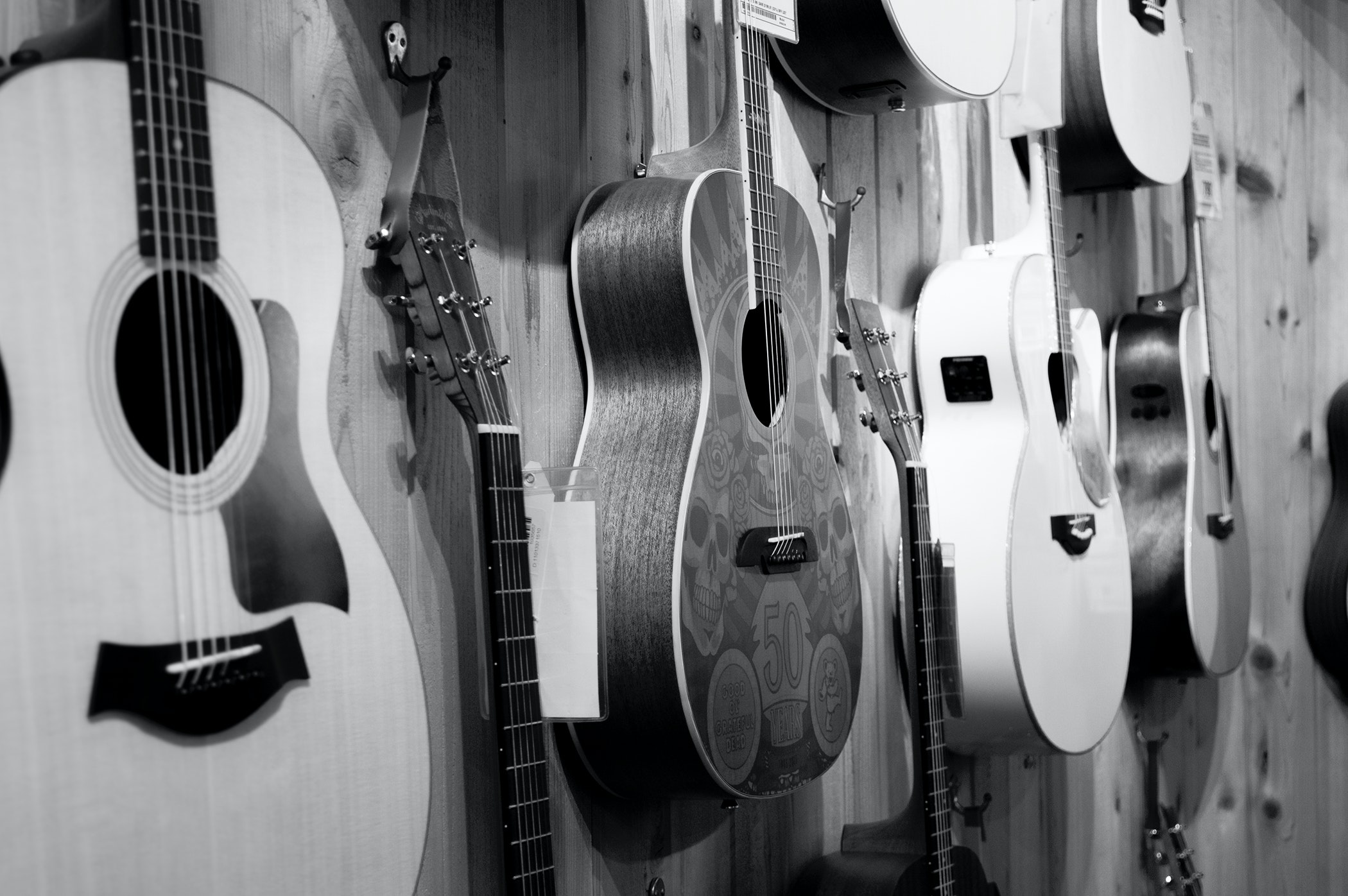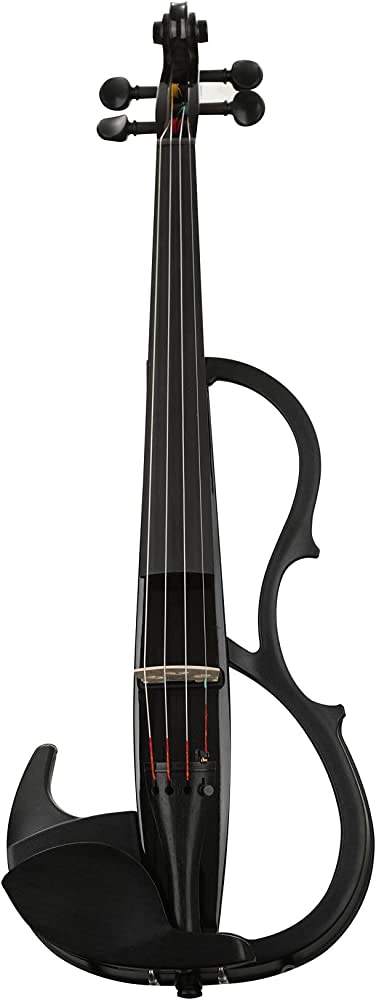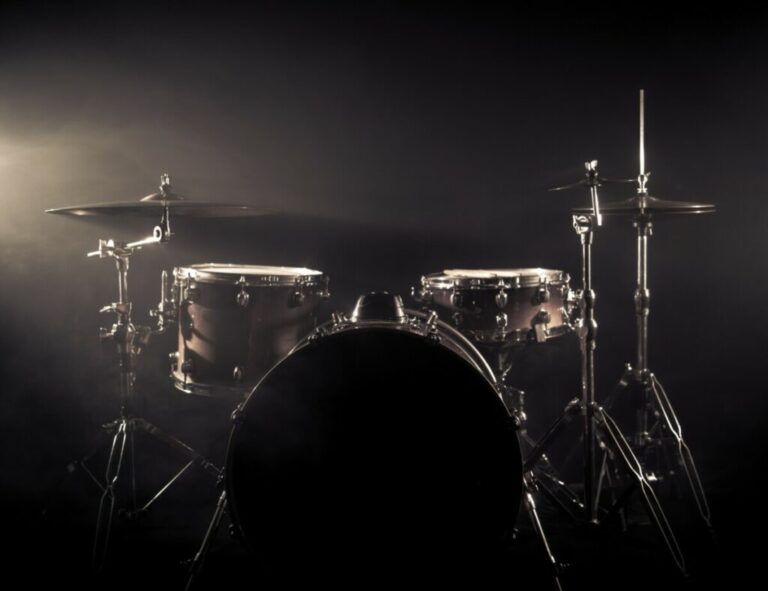Which Type of Spruce is Best For Guitars?
Deciding which type of spruce to get for your acoustic guitar is a surprisingly big choice for musicians. Spruce is one of the most common types of tonewoods on guitars available, but there are a ton of subgroups you should be aware of.
The best types of spruce for guitars are ones that can strongly alter treble and overall volume levels, such as Sitka, Engelmann, and Adirondack spruce trees.
You will find that many acoustic guitars will have a spruce top. This is thanks to this wood naturally promoting loud sounds as well as boosting treble sounds.
Having these kinds of properties means you will find different types used in different models to project certain characteristics when played. But which type of spruce is best for guitars?
Why Is Spruce Used In Guitar-making?
There are plenty of wood families that are great for accentuating natural sounds. However, few wood families are better suited to this than spruce.
Spruce trees can be found throughout the planet, no matter if it’s in North America, Europe or Asia. Being so readily abundant, it is a resource that humans have had access to for centuries.
Having been used for everything from timber to boats, many early civilizations could quickly learn the properties of this wood variety.
Its natural ability to help amplify sound naturally made it a popular choice for making instruments where artisans used it to craft cellos, harps, lutes and guitars.
In particular, spruce is used to produce the top board of a guitar body so it can reverberate sounds back onto harder woods generating the main sounds.
As it does this, you get stronger overall volumes produced with treble layers, making the guitar easier to hear. This is why it has become a standard material in many leading acoustic guitars to this very day.
What Spruce Variants Are Used In Guitars?
Reading that a guitar has a spruce top doesn’t give much away though. After all, there are several different types of spruce used to make guitars. These all have unique properties that help define a certain sound or characteristic. So which type of spruce is best for guitar making?
Sitka Spruce
Anyone who has picked up an acoustic guitar has probably played with a sitka spruce top before. Perhaps the most common spruce used in guitars, Sitka spruce is a great tonewood for almost all purposes. Excellent at naturally projecting sounds, you will always get clear tones across all note levels with a Sitka Spruce top.
On top of that, it is a particularly strong wood while not being particularly dense, aiding the excellent sound projection that is offered.
It’s also a material that has a great natural look to it. With a natural light brown look, it has an even grain across its face, making it perfect for a natural design. The smooth nature of Sitka also means that resins can easily be applied to the body to add character to the model as well.
Perhaps most importantly, Sitka Spruce is a resource that is plentiful across North America. Grown from Alaska to California, Sitka is one of the most sustainable tonewoods to use today. This, mixed with its excellent sound characteristics, underlines why so many guitars have a Sitka spruce top.
Red/Adirondack Spruce
Few spruce varieties give off quite a strong impression than Red Spruce. Also known as Adirondack Spruce, this tree is known for strongly amplifying mid and high-range notes as it’s played. Thanks to this natural projection, guitars with a red spruce top will instantly capture the ear whenever they are played. It is why the likes of Martin and Gibson first used Red Spruce in many of their early models to get the rich, full sounds produced by many country and rock icons.
Not only does Red spruce have great sound properties, but it also has one of the best natural looks out of any spruce tonewood. Slightly darker than other spruce varieties, this gives a great contrast against other woods used in the construction of a guitar.
Red spruce is also a very abundant resource growing in much of North-Eastern America. Being particularly common in the Adirondack Mountains. It is this reason Adirondack why has become the standard term for this spruce type.
White Spruce
Found commonly across Canada, White spruce is a tonewood that sits in the middle of the spruce tonewood spectrum. What makes White spruce an excellent choice for a guitar top is that it suits almost all sounds and styles. When playing, sounds will be projected loudly with all note ranges getting excellent pitch as you strum. This makes it particularly helpful for anyone playing a set that spans multiple genres.
In terms of look, white spruce has a light-brown look with an even texture and standard grain patterns. It makes it a great material to promote a custom decal or to be left as a natural finish. Straddling across almost any category, White Spruce is a tonewood that caters for every need.
Engelmann Spruce
For those wanting a softer sound, getting an Engelmann spruce top is a must on their guitar. The lightest of the spruce family, Engelmann Spruce is perfect for single-note accentuation. Having a density ratio of just 385 kg/cb. m., this variant picks up on individual notes superbly and helps make their echoes last. This makes Engelmann-topped guitars excellent for those who are playing with their fingers like classical guitarists.
You will often find that Engelmann tops are some of the lightest tops in terms of their natural finish. Left unglossed, Engelmann spruce is much whiter than other types of spruce, adding to the “light” reputation of the tonewood.
It’s often a finish that might be rougher than other spruce types too, so expect a resin finish on many Engelmann guitars. With this wood grown throughout the Pacific Northwest, it’s easily accessible for makers all year round.
Norway/European Spruce
Who would’ve thought Christmas Trees would be suited for guitars? Well, that’s what you get with the Norway Spruce. Outside of the festive season, the Norway spruce is highly prized for being a high-end tonewood. The reason for this comes down to its ability to sharply pronounce notes as it’s played. Able to naturally project high and mid-range notes, the Norway spruce is a wood that works for fine melodies and driving rhythms.
Unlike its North American cousins, Norway spruce has a much more distinctive natural pattern. It is not only much lighter in natural colors but has a remarkably smooth texture, making it perfect for a natural finish.
It is also by far one of the most accessible tonewoods naturally found across Europe. Originally found in Scandinavia, you can now find European spruce trees scattered across the continent from the UK through to Russia.
Lutz Spruce
Lutz Spruce is very much the odd one out in the spruce tonewood family. Unlike other variants, the Lutz spruce is a hybrid between two other spruce types – Engelmann and White spruce. What this produces is a tonewood that gives the best of both worlds. Within its sound properties, you will find that it acts more like White or Sitka Spruce as it is a loud projector when strings are played. It also projects across multiple note ranges giving a particularly full sound as you play a Lutz-topped guitar.
However, it looks and feels like many lighter spruce varieties. It has natural light tones that edge more towards cream than they do brown. Lutz spruce also has even straight grains, which are perfect for those wanting a natural finish to their acoustic. With it growing throughout much of Alaska and Canada, Lutz is a natural hybrid tonewood that has no real weaknesses.
Final Thoughts
With no less than 6 different varieties used as tonewoods, spruce trees are an excellent material to craft guitars from. Some types such as Engelmann and Norway spruce accentuate notes perfectly allowing for crisp delivery as you hit the strings. Alongside that, Lutz and White spruce tops allow a full range of notes to be heard. Even the strong rhythms reverberating from Red Spruce guitars catch the listener’s attention immediately.
However, Sitka Spruce has proven itself to be the standard bearer for guitarists today. Not only does it naturally project loud sounds, it has one of the highest note ranges for any acoustic top. Throw in how easily it can be prepped to have either a natural or resin finish, and it is a perfect craft material.







